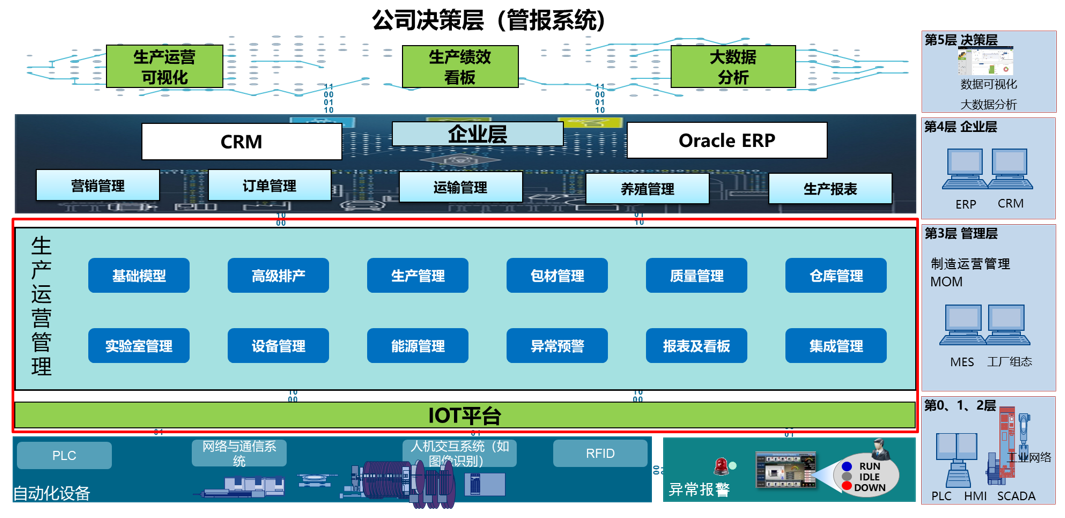-
Per capita efficiency is difficult to increase: (1) There are a large number of manual statistics and inventory work, resulting in a significant waste of personnel working hours; (2) It is difficult to implement detailed employee management, and the "big pot" style of salary management affects the enthusiasm of employees; (3) Some management positions require a lot of data copying and report integration work, causing waste of working hours for managers.
-
Management decisions rely on experience: (1) There is a lack of effective means to provide timely feedback on the production status and progress, leading to management decisions being based on experience; (2) It is difficult to statistically record the individual output and labor intensity of on-the-job personnel, and the decision-making for rewards and punishments lacks valid data as a basis; (3) There is no effective early warning mechanism, and there is a lack of detailed analysis and management of the impact on production efficiency.
-
It is difficult to control the implementation standards: (1) The lack of transparent management leads to no real-time control over the progress and deviations of plan execution, affecting decisions such as shipment arrangements; (2) The rules for shipment, such as first-in-first-out and sending out leftover materials first, have no effective supervision, making it difficult to control the execution of the shipment; (3) The inspection data for quality process management is relatively loose, failing to be analyzed and feedback in a timely manner to guide production, and making it difficult to control the sampling inspection process.
Poultry slaughter

Industry pain points
Advantages and Effects of the Plan
Solution

Typical case


